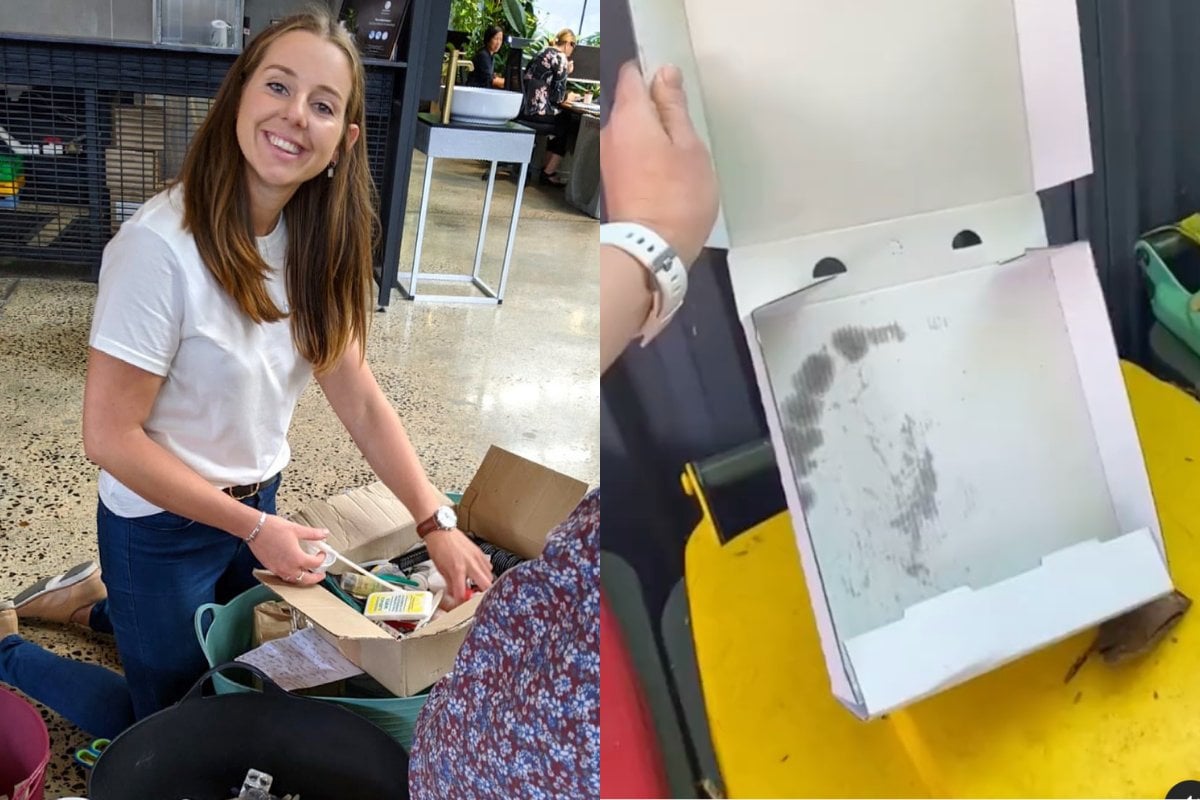
Do you play a game of eeny meeny miny moe each bin day? You’re not alone.
10-15 per cent of kerbside recycling is actually put in the wrong bin.
Knowing what can and can’t be recycled is no easy feat: it's confusing, difficult and overwhelming.
So here are a couple of pointers to help you go from recycling rookie to garbage guru.
Watch: By 2050 there will be more plastic in our oceans than fish. Post continues below.
1. Just because you want to recycle it doesn’t mean you should.
Have you ever taken a look at a product, questioned whether it should be recycled or not and thrown it into the recycling bin just in case? You're not the only one, but this “wish-cycling” comes at cost.
Sadly there aren’t any garbage fairies at the end of the chain picking out what’s wrong, which is why collectively we need to do better.
The best motto to go by is 'if in doubt throw it out'.


Top Comments